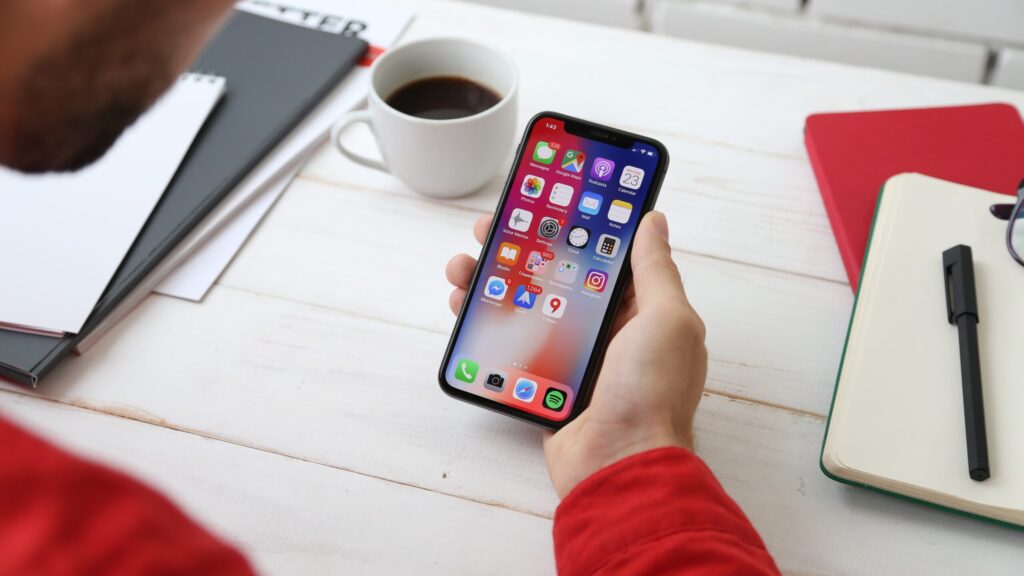Does 5G Cost More?
5G stands for the fifth generation of cellular network technology. It’s a significant advancement over the previous version, 4G, as it provides faster speeds, decreased latency, and greater capacity for improved overall connectivity. With all these benefits, it’s understandable if you’re wondering, “Does 5G cost more?”
Benefits of 5G
Because 5G offers substantially higher data speeds than 4G, downloads and uploads are faster. That means you have more immediate access to online content, smoother streaming, and more efficient online gaming experiences.
For example, 5G speeds are promised to reach up to 1-10Gbps, which is 10 times faster than the max speeds on 4G LTE. Unfortunately, due to limitations, as the infrastructure is being built, most areas don’t have those types of gigabit speeds (yet). But as 5G continues to expand, speeds are only expected to improve.
5G also allows for reduced latency, or the delay before data transfer begins. Because this delay is significantly reduced, you can enjoy faster, more responsive internet experiences like video calls, virtual reality, and online gaming.
This isn’t just for fun and games. 5G also enables new business applications, especially those that require real-time data transfer and processing. So, people who use their smart devices for remote work, telemedicine, or real-time analytics truly benefit.
In addition, 5G allows you to connect more devices without seeing performance degradation. This is most important in highly populated areas or for places that have a lot of devices interconnected (such as smart homes).
Finally, 5G connections are the highest standard for stability and reliability, even when moving at high speeds, like driving on a highway or riding high-speed trains. As technology evolves, having 5G-enabled devices ensures greater compatibility with the latest and upcoming digital services and applications.
Does 5G Cost More?
Does 5G cost more for service providers? In short, the answer is yes. Because the deployment of 5G technology involves significant investment in infrastructure, it does increase costs. For instance, companies may need to upgrade cell towers and update networking equipment.
Customers who want to take advantage of 5G may also need to upgrade to newer, 5G-compatible smartphones or tablets. Because they’re newer and rely on the latest technology, these devices are often more expensive than those that run on 4G.
Does 5G cost more for customers? That depends on the service. Some mobile carriers charge higher prices for 5G data plans due to the faster speeds and lower latency, which are seen as premium features. This does, however, depend on the region, the service provider, and the amount of competition in a given market.
Fortunately, as 5G becomes more ubiquitous and the technology becomes more widespread, the costs are dropping, and service providers like AT&T offer the same prices for 5G plans as for 4G plans.
For example, AT&T offers several unlimited plans based on features and allowances rather than on whether the network technology is 4G or 5G.
As of 2023, AT&T unlimited plans include:
- AT&T Unlimited Starter: $65/month
- AT&T Unlimited Extra: $75/month
- AT&T Unlimited Premium: $85/month.
Discounts are also available for multiple users on each plan.
Every unlimited plan offers unlimited talk, text, and data in the U.S., Canada, and Mexico with fast, reliable, secure 5G Access. It also provides ActiveArmor™ and unlimited texts from the U.S. to over 200 countries. Depending on the service, you can get varying amounts of hotspot data, more security protections, and streaming.
Why Not Get 5G Service?
With so many benefits and minimal, if any, changes to the service price, why wouldn’t you get 5G service?
There are two main reasons: 1) your smartphone, tablet, or other device isn’t 5G compatible, and 2) 5G service simply isn’t available in your neck of the woods.
While 5G service has rolled out in most urban areas, there are many areas where 5G is still under development or just entering the planning stages.
Most newer phones are 5G compatible, but if you choose an older phone for familiarity or cost savings, you may only be able to use 4G.
Where Is 5G Most Available?
At the time of this writing, the cities with the highest rates for 5G in the country include:
10) St. Louis, MO
9) Elk Grove, CA
8) Columbus, OH
7) Baton Rouge, LA
6) Indianapolis, IN
5) Aurora, CO
4) Little Rock, AR
3) Cincinnati, OH
2) Minneapolis, MN
1) Wichita, KS
5G is expanding quickly, though, into big cities, small towns, suburban areas, and even rural expanses. So, it’s worth checking the coverage map regularly to see how well your area is covered.
What Are the Risks of 5G?
Despite public concerns due to the use of higher frequency radio waves, according to the World Health Organization, other health and regulatory bodies, as well as technological providers, as long as international guidelines are strictly followed, this new technology does not pose significant risks.
There are, however, growing concerns about security risks and privacy issues as more devices are connected to the networks. Therefore, it’s important to ensure you keep your devices updated with the latest software and device protection.
In addition, there are concerns about the environmental impact of the infrastructure upgrades and the growing digital divide as areas without 5G access (such as some rural or low-income areas) could lag without the advantages of this new technology.
Companies and government agencies are actively addressing these concerns to ensure 5G remains safe and secure for all users.
Advancing Technology for All
AT&T is actively working to advance 5G technology to benefit more customers. It’s advancing 5G technology by moving to more advanced forms of 5G, which offer much faster upload and download speeds.
AT&T has made significant strides in combining different wireless frequencies to enhance speed and connectivity, especially in crowded airports, stadiums, and concert halls.
In addition, they’re developing specialized services to meet the specific needs of users and expanding 5G coverage to more remote or less populated areas, benefiting a wider range of customers.
